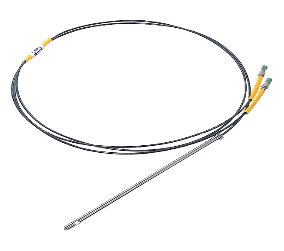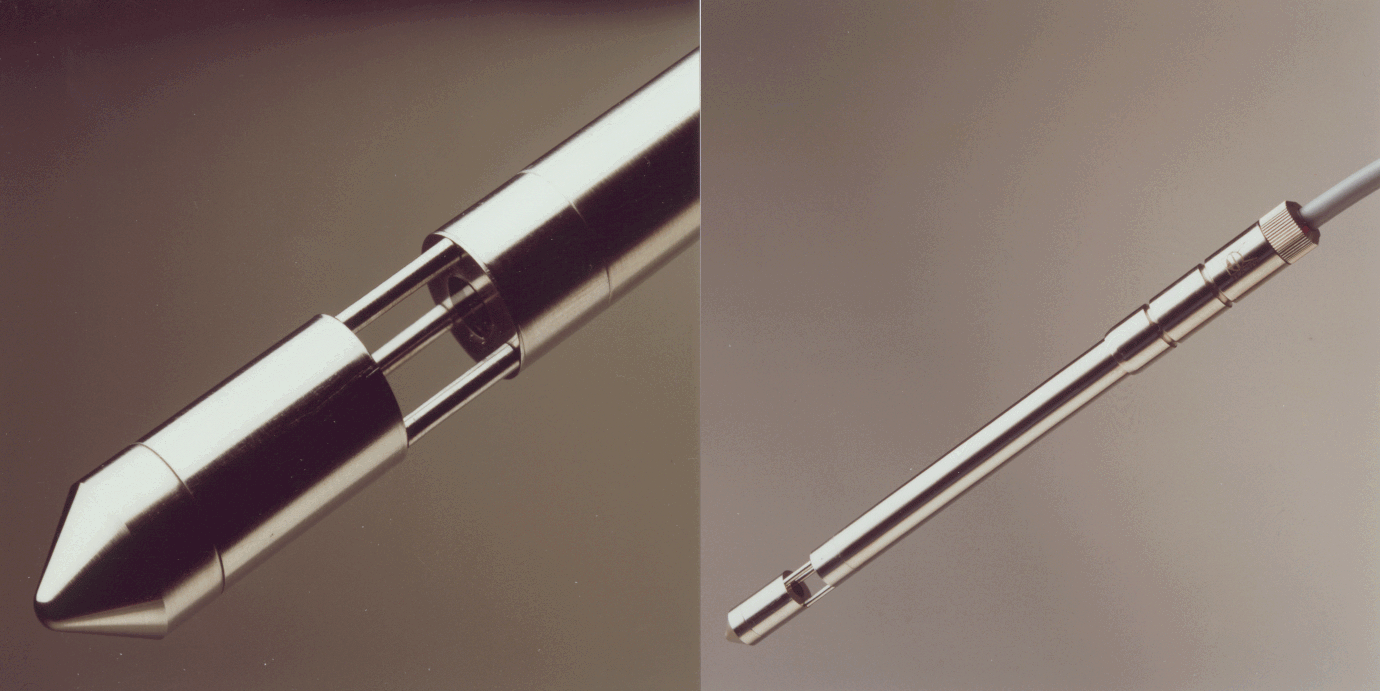Developing the right optics for transmission probes 1991-1993
In the early nineties probes in size like a pencil or in size of ½" or Ø 12 mm were fiber-mirror probes containing no beam-shaping optics.
At this time, beam shaping optics did require always a probe size near ¾" or Ø20 mm in minimum.
What were/are the main drawbacks?
The large size using beam shaping optics did limit the possibility to adapt such large probes in smaller laboratory equipment. Additional the needed volume of sample fluids is larger than using a smaller probe.
Simple Fiber-Mirror-systems show more straylight and can cause wrong results at presence of turbidity by particles, bubbles and refactive index inhomogeinities (Schlieren).
At this time, beam shaping optics did require always a probe size near ¾" or Ø20 mm in minimum.
What were/are the main drawbacks?
The large size using beam shaping optics did limit the possibility to adapt such large probes in smaller laboratory equipment. Additional the needed volume of sample fluids is larger than using a smaller probe.
Simple Fiber-Mirror-systems show more straylight and can cause wrong results at presence of turbidity by particles, bubbles and refactive index inhomogeinities (Schlieren).
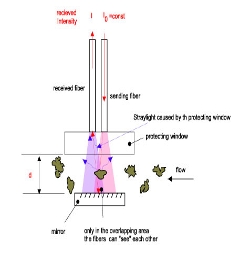
The goal was to develop a probe, which is rugged enough for process control, small enough for lab- use but has a beam-shaping optics to get the full power of a "true-cuvette" measurement like described in ISO7027/DIN38404
True Cuvette Probes with beam-shaping optics
1993 some of such optic systems in Ø12mm design with sealed windows came to tests and to some user, which had no pressure and elevated temperature in their application. Optic works like expected but limitations relating temperature and pressure change were also found.
1993 some of such optic systems in Ø12mm design with sealed windows came to tests and to some user, which had no pressure and elevated temperature in their application. Optic works like expected but limitations relating temperature and pressure change were also found.
The metal-made transmission probes phased out in 1994 completely if the Sapphire-alumina ceramic probes became available!
History:
* idea and first request 1990
* 1993 first probe with collimated beams
in Ø 12mm design like a pH-probe
(still metal made)
* December 1993 first probe prototypes
* 1994 first applications
* November 1995 production capabilty
* idea and first request 1990
* 1993 first probe with collimated beams
in Ø 12mm design like a pH-probe
(still metal made)
* December 1993 first probe prototypes
* 1994 first applications
* November 1995 production capabilty
Types of Probes
Achieved Rating
Installation
Spectrometers
Conductivity
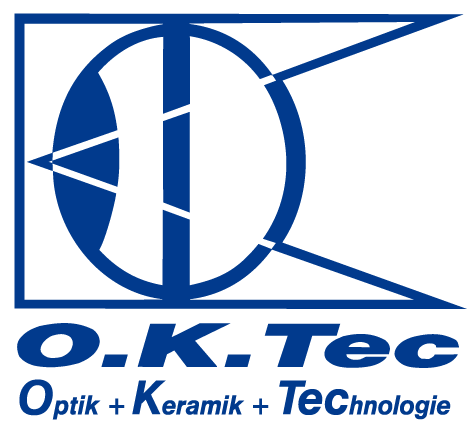
FAQ
Imprint
Data
Protection
Protection
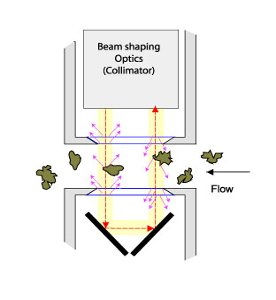
Typical ¼" or Ø 6 mm fiber-mirror "transflection" probe
